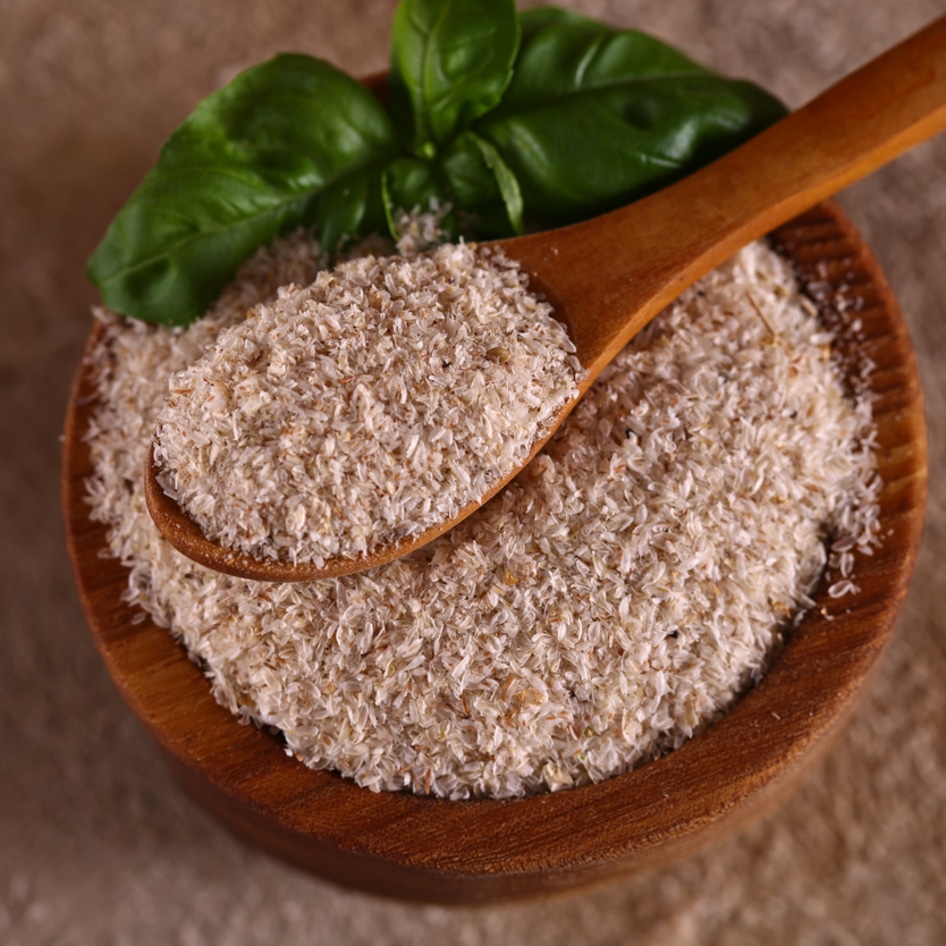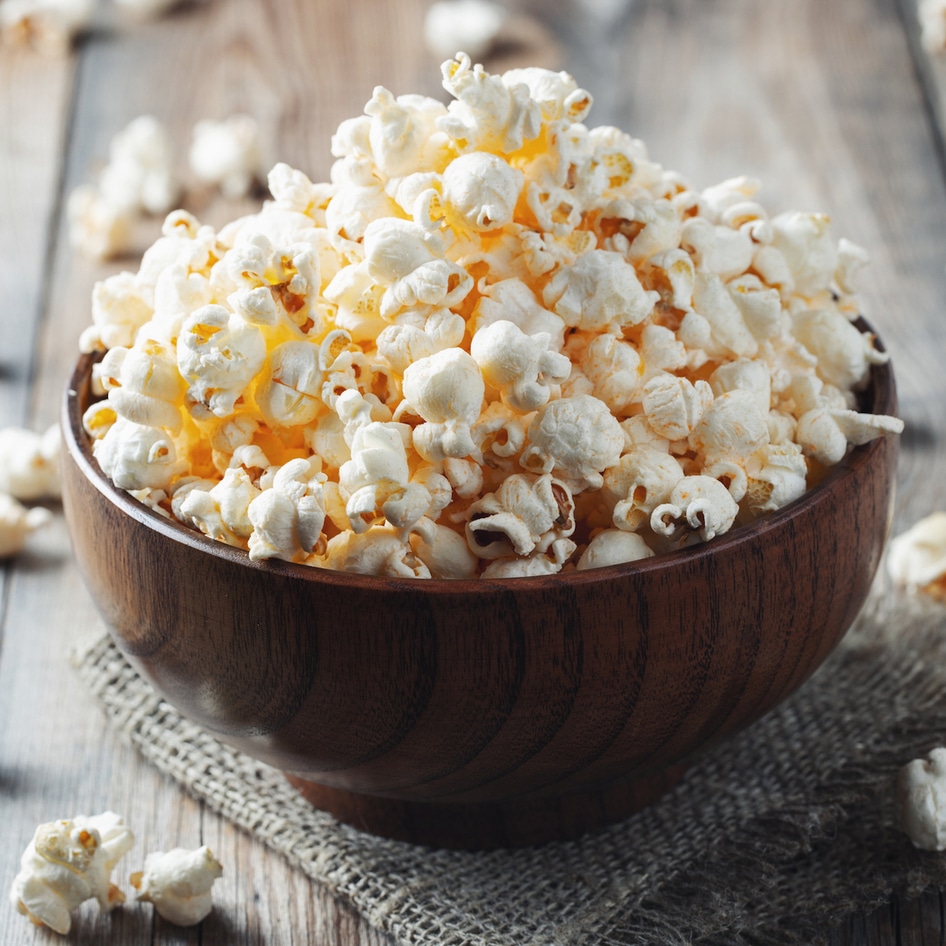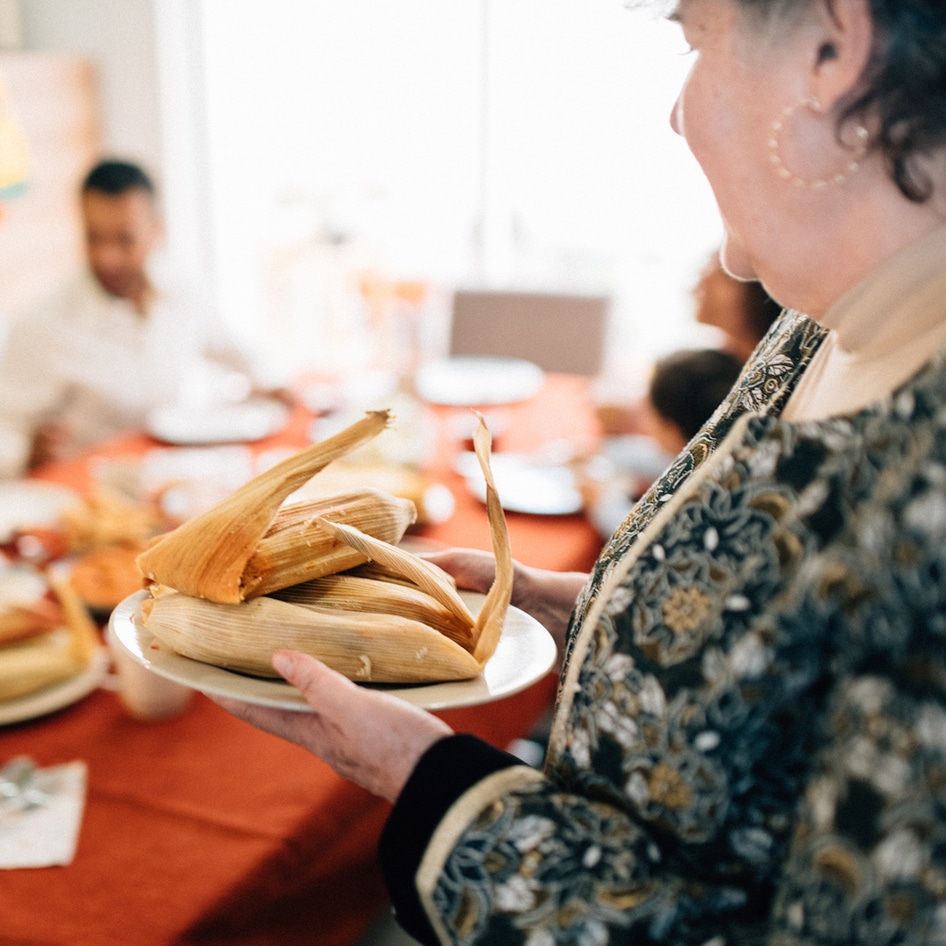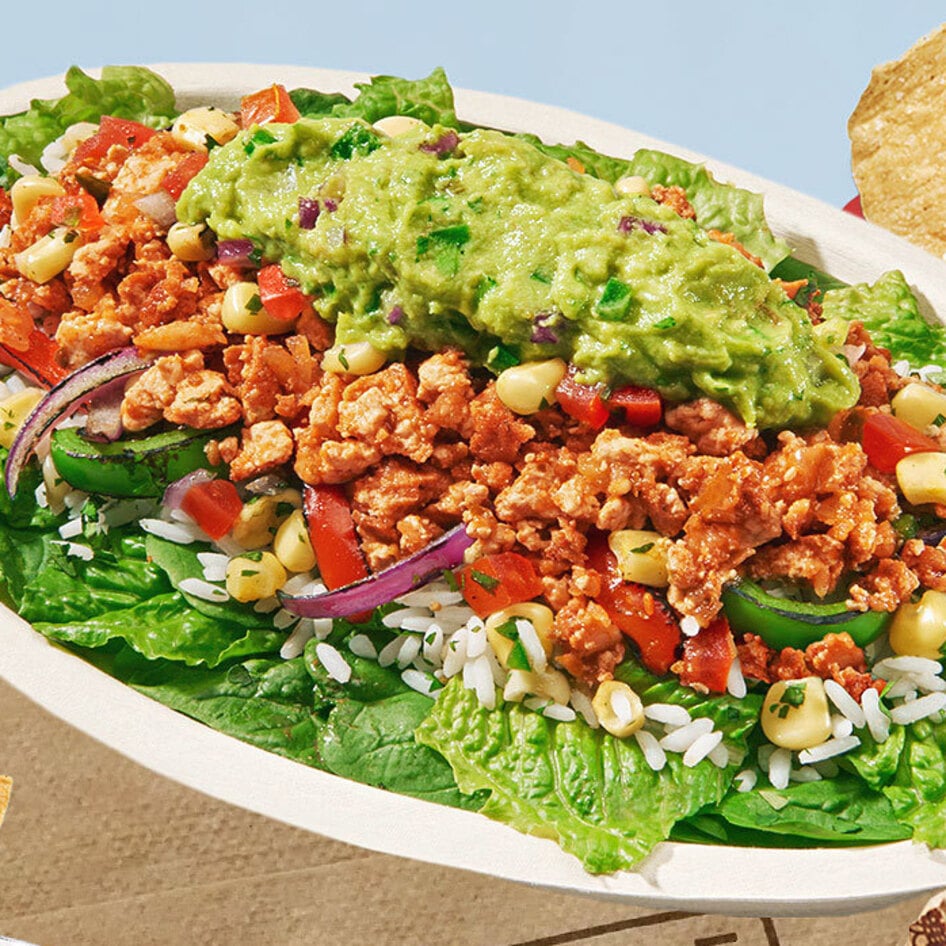Guide to Corn
With fresh ears of yellow and white corn popping up everywhere, summer has officially arrived.
June 14, 2011
We can’t think of anything better than freshly grilled corn on the cob at a backyard barbecue or perfectly crunchy corn salad for a summer picnic. While corn is available year-round at your local supermarket, it tastes the best during the summer months and is less expensive than other times of the year. And believe it or not, corn has a ton of great health benefits.
Bountiful Benefits
While corn tastes deliciously sweet, it also has a host of great health benefits that begin with its beautiful golden hue. The orange and yellow tints indicate the veggie is rich in beta-cryptoxanthin, which may lower the risk of lung cancer. Corn is also extremely heart healthy because it contains a good amount of fiber and folate. For those who are under a lot of stress or tend to be forgetful—grab an ear of corn. The pantothenic acid prevalent in corn helps support adrenal glands, reducing stress levels, and the high amount of vitamin B1 helps combat memory loss. If you’re watching your weight or blood sugar levels, try blue corn as it has 20 percent more protein and eight percent less starch than white corn. The vast array of colors of corn like pink, red, black, and blue are also perfect for getting a variety of color into your diet.
Husk History
The earliest meals made from corn, properly called maize, are believed to be from 9,000 years ago and originated in Mexico and Central America. Corn was a vital crop for Native American cultures that depended on it not only for food but also shelter, fuel, and decoration. It’s also an important icon for the Mayan, Aztec, and Incan civilizations. Corn was brought back to Europe by Spanish and Portuguese explorers. Today, the major producers of corn are the United States, China, Brazil, Mexico, and Russia.
Cream of the Crop
When shopping for fresh ears of corn, keep in mind that heat will convert the starch in the kernels to sugar so when picking up some at your supermarket, make sure that you find it in a refrigerated section. If you’re buying at your farmers’ market, look for the husks to be stored in shaded areas and out of direct sunlight. Search for fresh green husks and when you peel back the husk, check for plump kernels in nice tight rows. Steer clear of dry or discolored kernels since they indicate a bad batch of corn.
It’s always best to use corn the day that you purchase it or at least store in your refrigerator with the husk intact. If you don’t plan on using it right away, freezing the corn kernels is a good option to keep it at the peak of its taste and nutrients.
Recipes to Try
There are several ways to prepare corn. You can broil it directly in the husk, cook it up on a grill, or boil it with the husk peeled off. Try topping it with non-hydrogenated margarine and sprinkling nutritional yeast for a buttery, cheesy taste. The following recipes are also perfect ways to add this healthy, fiber-rich veggie to your summer menu.
Pueblo Corn Casserole
Mexicali Salad & Dressing
Creamy Corn Soup
Coconut Corn Chowder
Hot Corn Dip
With all the amazing health benefits of corn and the bounties and colors available, enjoy the best of this crunchy veggie while it’s in season this summer.
JUMP TO ... Latest News | Recipes | Guides | Health | Shop







